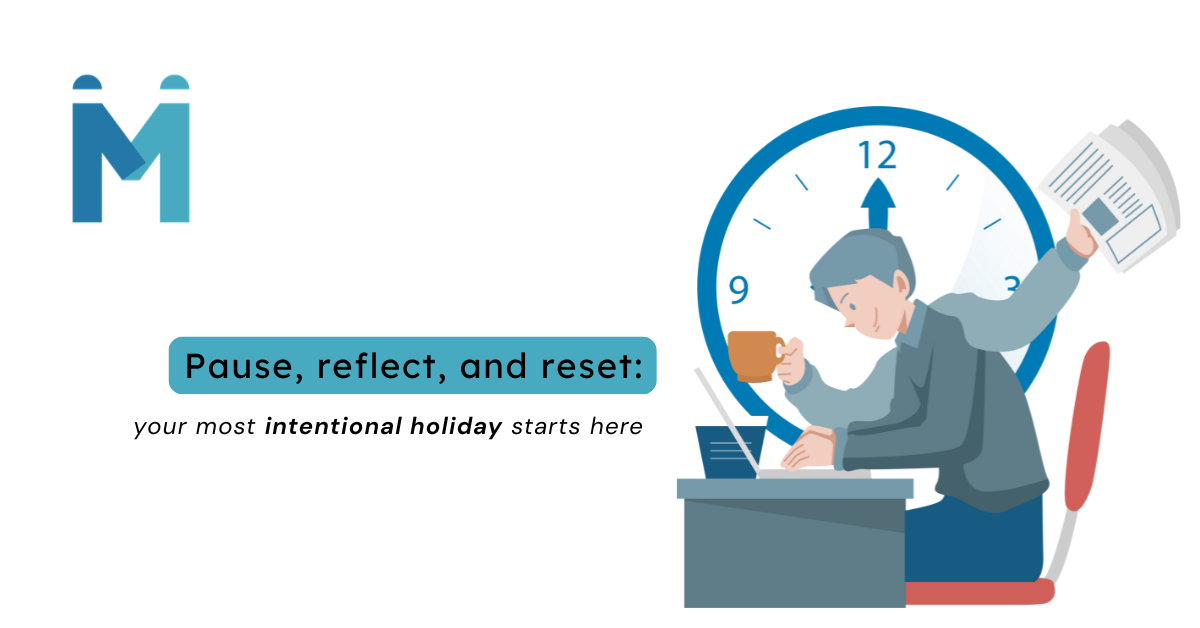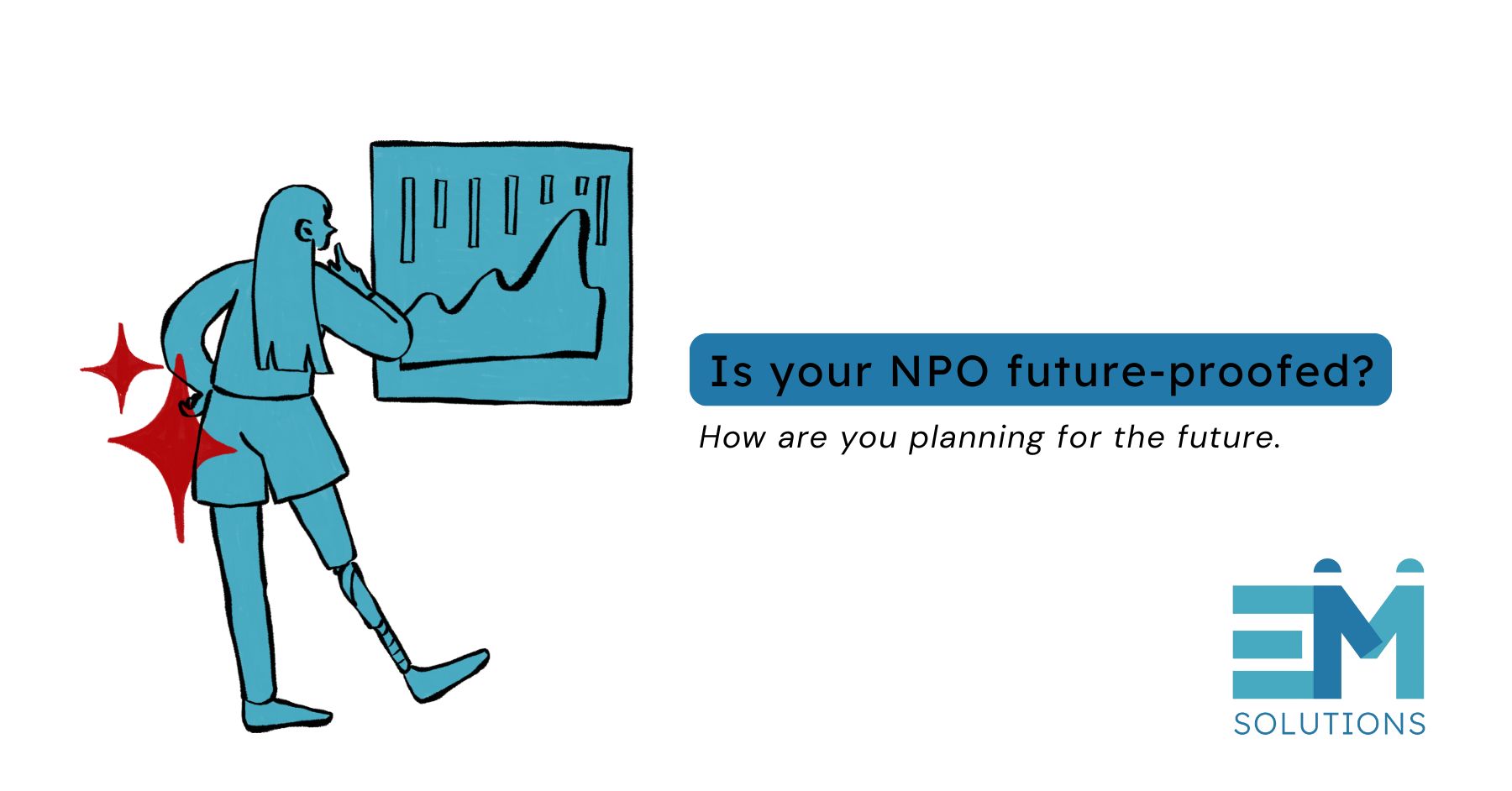Have you ever hired someone new and noticed that the whole vibe of the organisation shifts? It’s hard to pinpoint at first, but something just feels off. People who used to love coming to work seem less enthusiastic, and suddenly the team doesn’t feel as cohesive. At first, you might not connect the dots, but eventually, it becomes clear—the only thing that’s changed is the addition of that new person. What seemed like a great hire is now having a ripple effect, and not in a good way.
It’s often difficult to recognise the impact of a single disruptive person until the damage is done. However, the signs are usually there if you know where to look. Are other team members avoiding confrontation or collaboration with this individual? Is negativity spreading, affecting the team’s overall motivation and performance? If so, what may seem like a minor interpersonal issue could be undermining your organisational culture and the ability of your team to work effectively together.
The problem with this kind of disruptive conflict is that it doesn’t just affect the individuals directly involved—it seeps into the wider culture, creating an atmosphere of tension and mistrust. When one person repeatedly disregards team values, engages in power struggles, or spreads negativity, it doesn’t take long for the rest of the team to feel disillusioned. The culture of your organisation, carefully built on shared goals and respect, can quickly begin to unravel.
When you identify a “bad apple,” it’s critical to act quickly. Address the issue head-on, and don’t hesitate to remove the person if their behaviour doesn’t change. The sooner you do, the better it will be for the rest of your team. But removing the problem is just the first step—what’s equally important is how you manage the aftermath. After the disruptive individual is gone, the focus needs to shift to healing and restoring the culture. Don’t dwell on the one person who left; instead, invest in the many who remain.
Rebuilding trust and team cohesion is essential. This means openly acknowledging the past, but not allowing it to define your future. Take the opportunity to re-energise your team, reinforce your values, and focus on collective goals. By concentrating on the people who are still committed to the organisation’s mission, you can move forward stronger than before. The key is not to ignore what happened but to learn from it and foster a renewed, positive environment where your team can thrive.








Leave A Comment